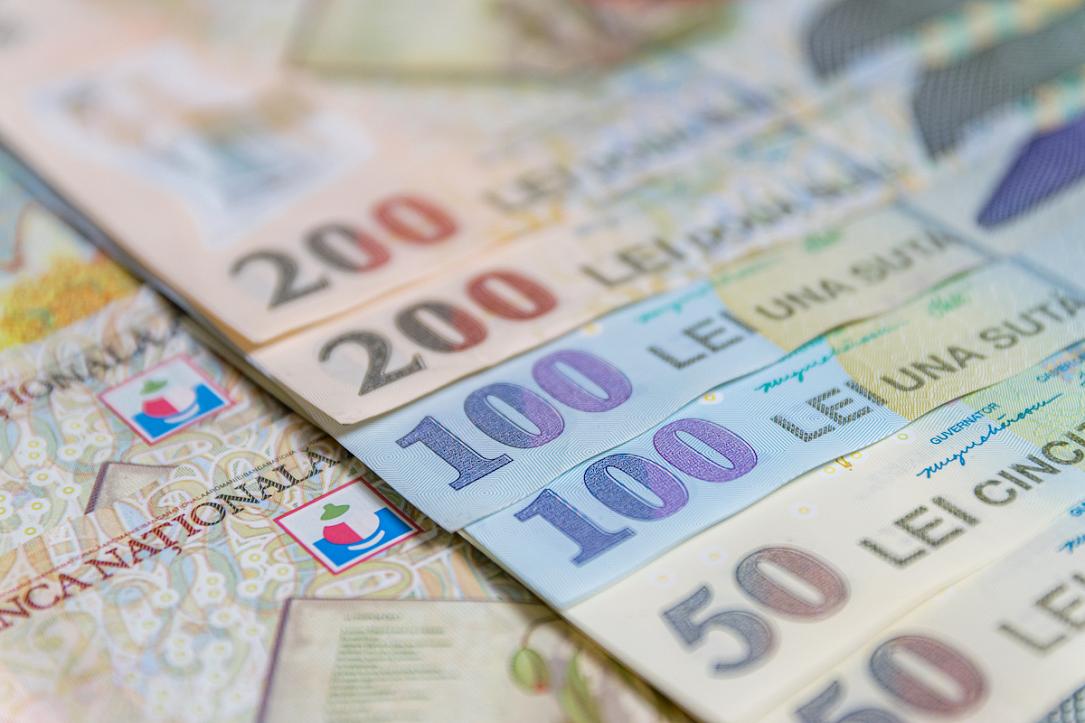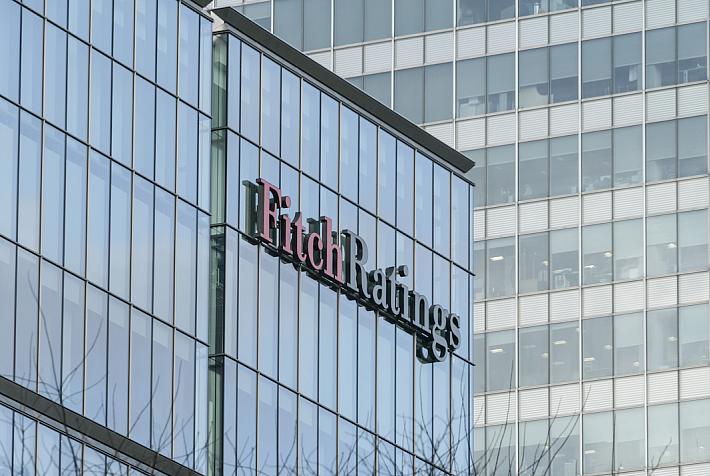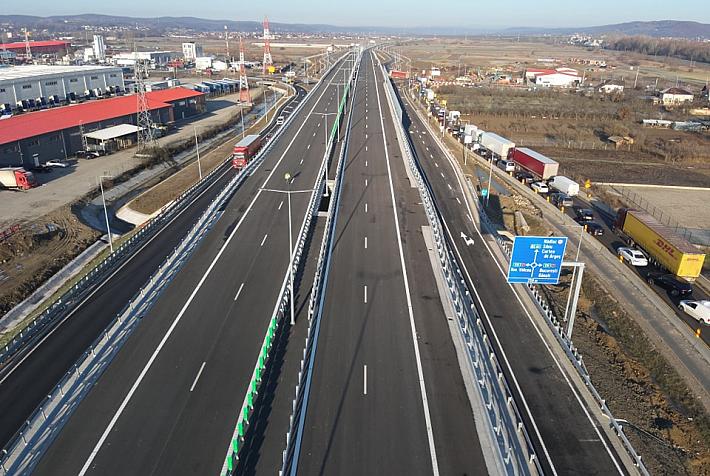Romania’s CA deficit shrinks by 13% y/y to 7.1% of GDP in 2023

Romania’s current account (CA) deficit narrowed by 13% y/y to EUR 22.7 billion in 2023, according to data published by the National Bank of Romania (BNR). The CA deficit to GDP ratio eased to 7.1% in 2023, from 9.1% in 2022 – returning close to the level seen in 2021 before the surge in commodity prices occurred in 2022 in the context of the Russian invasion of Ukraine.
The country’s wide trade gap, the main element of the current account by size, shrunk by 17% y/y to EUR 15.8 billion. The EUR 29.1 billion net imports of goods (-9% y/y) were partly offset by the EUR 13.3 billion (+2%) net export of services.
Another key element of Romania’s external balance is the net outflow of primary incomes (interest on debt, dividends derived by FDI companies) that remained roughly constant in 2023 compared to 2022, at EUR 8.5 billion.
The net outflows of primary incomes to GDP ratio diminished to 2.6% from a maximum of 3.0% in 2022 – when the high interest rates and record profits generated by some energy companies resulted in significant financial outflows.
The volume of foreign direct investments brought by non-residents in Romania decreased by 34% y/y to EUR 6.6 billion. Out of this, EUR 5.3 billion (-10% y/y) was reinvested earnings, EUR 1.2 billion (+60% y/y) was equity contribution, while the volume of financing received by local FDI companies plunged from EUR 2.1 billion in 2022 to only EUR 22 million in 2023.
The non-residents’ FDI to Romania accounted for only 2.1% of GDP in 2023, down from 3.5% in 2022. As seen, the decline was caused by less financing needed by local FDI companies in 2023, while the genuine FDI (new equity) increased by 60% y/y – indeed, at a rather low value of EUR 1.2 billion.
iulian@romania-insider.com
(Photo source: Ungureanu Vadim/Dreamstime.com)













